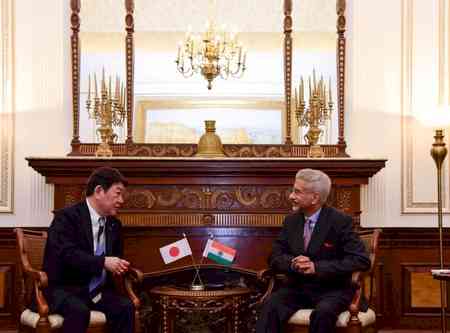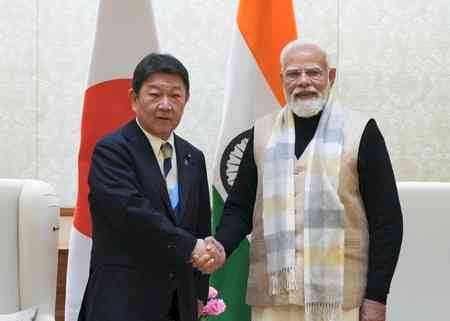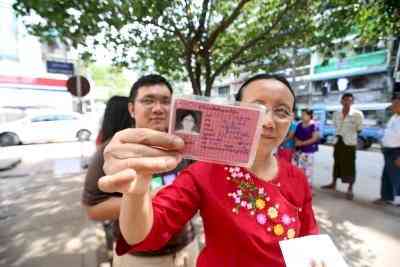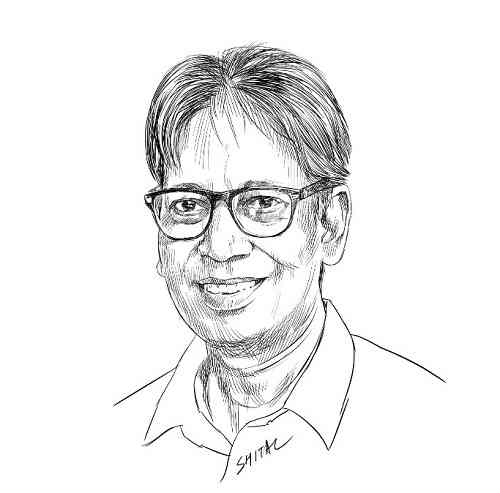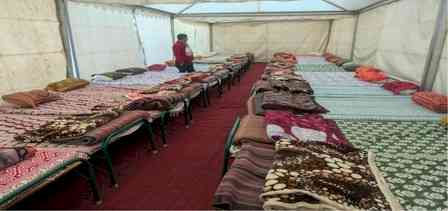FAO to fast track digital soil nutrient mapping
The Food and Agriculture Organization of the United Nations (FAO) will fast track an impact-oriented project in Central America and in sub-Saharan Africa for digital soil nutrient mapping.
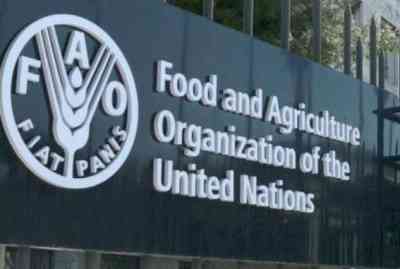
Rome, July 27 (IANS) The Food and Agriculture Organization of the United Nations (FAO) will fast track an impact-oriented project in Central America and in sub-Saharan Africa for digital soil nutrient mapping.
The US has contributed $20 million for the project.
"This contribution is timely and allows us to scale up the use of soil mapping in regions where it is most needed, and where we are seeing a decline in fertiliser use due to price hikes," stated Q.U. Dongyu, FAO Director-General, as he welcomed the investment on Wednesday.
"By understanding what nutrients our soils and crops need, we will reduce waste when applying fertilisers and increase their effectiveness," he asserted.
Ambassador Cindy McCain, US Permanent Representative to FAO and the Rome-based UN agencies, announced the contribution during a week-long field visit to Guatemala and Honduras.
The funds will help tackle what she called an "unparalleled global food crisis and address both immediate and long-term needs many countries are facing due to skyrocketing food and fertiliser prices".
The impacts of the climate crisis, such as frequent droughts, floods and high temperatures also put food security and nutrition at risk. Managing soils sustainably to increase resilience and adapt to these changes is essential and must be based on informed decisions and continuous monitoring of soil health.
The funding will be primarily used to conduct targeted soil nutrient mapping to systematise and improve the existing soil maps in Guatemala and Honduras, as well as in other countries in Central America and sub-Saharan Africa, where Ambassador McCain noted FAO has proven experience in building capacity and digitising soil maps, which have fast, positive impacts on crop yields and sustainability.
FAO has already been supporting the scaling up of a pioneering project in Ethiopia, where agriculture -- almost all of it practiced by smallholders -- accounts for 40 per cent of value-added economic activity and employs more than 80 per cent of the population.
That project used digital soil nutrient mapping technologies to generate timely information, particularly on how to optimise fertiliser use, and has already led to yield and availability increases of high-quality grains in the country.
Fostering the creation of national soil databases and soil information systems as public goods to be used by policymakers, the private sector and especially farmers can generate long-term benefits, as well as improve short-term flexibility to adapt to trends in fertiliser markets and climate dynamics without compromising output.
About one in six people in Guatemala and Honduras suffer from undernourishment, and around half cannot afford a healthy diet, according to FAO's latest report on The State of Food Insecurity and Nutrition in the World.
Around a third of arable land in Central America is covered by degraded soils, broadly in line with the global average.
Agriculture has traditionally been based in the subregion's mountains, whose slopes are particularly vulnerable to landslides and water erosion. These forces, exacerbated by extreme weather patterns catalyzed by the La NiAa phenomenon, whose effects are often further magnified by deforestation and other human factors, remove topsoil rich in organic matter and can trigger soil nutrient imbalances.


 IANS
IANS 
